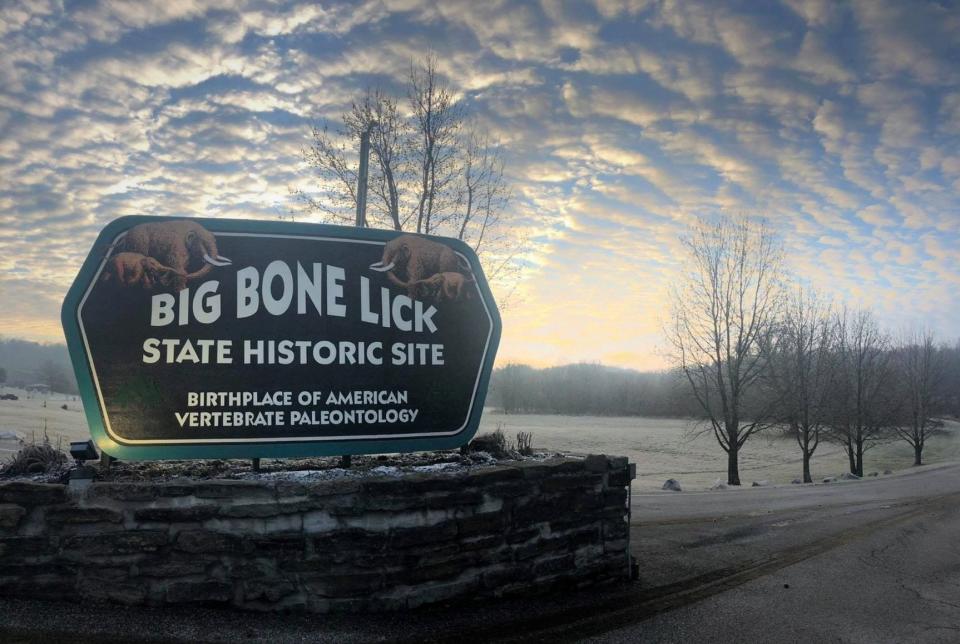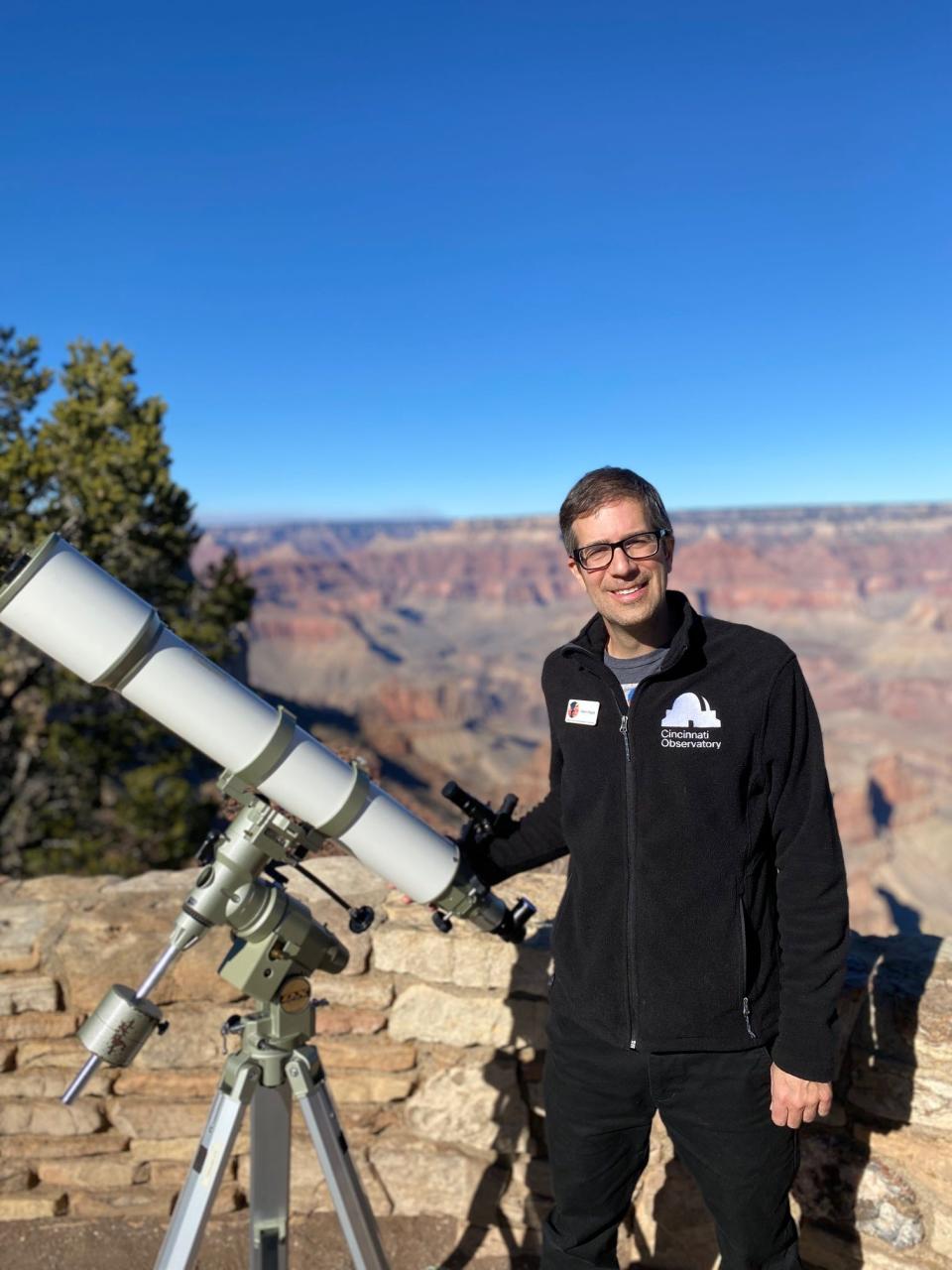How to escape city light pollution and see the stars like never before
Each year, our cities get brighter. As development increases, so does the amount of lights shining through the night skies. The more light we shine up, the less starlight we see shining down.
This is called light pollution and it is the main reason why people in the hearts of cities can only see the brightest 10-50 stars at night. Cities like Pittsburgh, Pennsylvania and Flagstaff, Arizona, are taking measures to curb their light pollution, but most urban locations are just too bright to stargaze.
But if you are away from city lights, you will be treated to a multitude of stars, so many that you cannot count them all. Where can you go to see dark, darker and the darkest skies?
Here are my favorites.
Close to home: Best places for sky viewing in Cincinnati
Although sometimes not ideal for stargazing, many Cincinnati Parks have dramatic overlooks, like Mount Echo and Mount Storm. And most Cincinnati Parks are open to the public until 10 p.m. – which can let you stay past dark most of the year.
My go-to place in Cincinnati to view objects low in the sky like planets, comets or sunsets is Ault Park. Located about 5 miles east of downtown, this Cincinnati Park is not exactly out in the country, but it affords some of the best views toward the western horizon from up on the pavilion.
Another Cincinnati Park with a sweeping vista is French Park in Amberley Village. Atop the long slope and near the historic French House, you can lie back in the grass and take in the sky. You won’t be able to see the Milky Way at night from French Park, but a stargazer can almost feel like they are out in the countryside.
Road trip: Dark sky locations you can drive to
Big Bone Lick State Historic Site in Kentucky is just a 30-minute drive from Cincinnati. Famous for its bison, the park also features relatively dark nighttime skies that are perfect for weekend camping trips.

Twice a month, around the new moon, Cincinnati Observatory members set up telescopes at Stonelick State Park. About 35 miles east of downtown Cincinnati, Stonelick provides a semi-dark place where you can make out the tracings of the Milky Way across the sky. But if you go on a free, public viewing night, you also get to look through some incredibly large and expensive telescopes owned by amateur astronomers.
About 70 miles east of Cincinnati is Serpent Mound, one of the largest ancient effigy mounds in the world. It is also very far from city lights and presents a gorgeously dark sky.
You can also get away from some light pollution by visiting the Hocking Hills area southeast of Columbus, Ohio. In addition to several public parks, you can visit the John Glenn Astronomy Park where there are often events for an easy introduction.
Plan a vacation: Favorite stargazing spots in the country
But you should definitely plan a trip to experience truly dark skies. There are exhaustive lists of the best and darkest skies in the country, but I’m picking the ones I’ve experienced firsthand that left a deep impression on me.
Upper Peninsula Michigan has some of the darkest skies in the Midwest and you can see the Milky Way arch overhead during the late summer months. I especially recommend going there during a meteor shower – I witnessed an incredible Persieds shower one August from Michigan when dozens of shooting stars crisscrossed the inky sky for hours.
Crater Lake, Oregon, is one of the most beautiful, serene National Parks. The central focus is the deepest blue lake in the country. But after dark, when you drive up to the rim of the caldera, you will be treated to stars beyond measure above and the ghostly glow of the lake below.
There are simply too many National Parks to add to this list. Many have achieved certified dark sky status. Bryce Canyon, Arches, Grand Canyon and Joshua Tree have all taken significant steps to make their parks darker by reducing lighting. A growing motto for the Parks is “half of the park is after dark.” Seeing a sky full of stars is every bit as exciting as seeing the breathtaking views during the daytime. A dark sky is just as rare, if not rarer, than mountains, waterfalls and lakes. If you’re planning a vacation, try to add a dark sky to the itinerary.

For a list of the best stargazing locations, see the Darksky map at darksky.org.
Sign up for a class: Venus – Our Twisted Sister Planet
What: Beginner class by astronomer Dean Regas. Dean shows you the latest discoveries from our planet Venus and, if clear, views of Venus through the telescopes.
When: May 16 or 17 at 8 p.m.
Where: Cincinnati Observatory, 3489 Observatory Place.
Tickets: $20/person, $15/observatory member.
Information: cincinnatiobservatory.org.
This article originally appeared on Cincinnati Enquirer: How to escape light pollution and see the stars like never before

